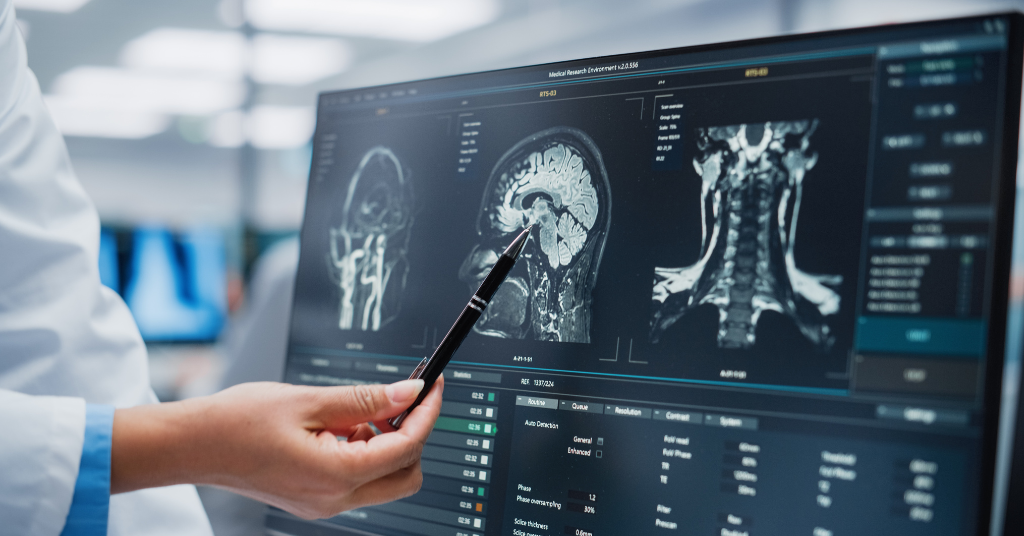
Why lower case “d” deaf culture matters
March 17, 2021
Our experiences with Phonak Roger
March 22, 2021Study: Protein in ear hair cells could lead to treatment

A new discovery regarding protein in ear hair cells could be a doorway to identifying a treatment for hearing loss.
Research Pays Off
The discovery of protein in ear hair cells is the result of research by The University of Maryland School of Medicine (UMSOM). A team has been studying the connection between a protein called GFI1 and the development of ear hair cells. The study was published in the journal Development last year.
Two of the study authors note that the discovery “may be critical for determining whether an embryonic hair cell matures into a functional adult hair cell.” Or whether it “becomes a different cell that functions more like a nerve cell or neuron.”
Such hair cells play a major role in the ability to hear. They are responsible for amplifying sound. They also change sound waves into electrical signals for the brain to understand.
Read more: Researchers discover link between hearing loss and dementia
Hair Cells
According to the Centers for Disease Control and Prevention, a typical person is born with around 16,000 of these hair cells inside their cochlea. Of those, between 30 and 50 percent can sustain damage before hearing deterioration is detectable through testing. At that point, it is too late to protect those cells. Damage like this can be sustained through ongoing exposure to loud noises.
However, some people are simply born without the necessary hair cells. They have hearing loss from early on in life.
The Boston Children’s Hospital states, “Typically, hair cells in the inner ear convert signals from the middle ear into electrical signals which are sent to the brain. [They are] interpreted as speech or sound. A child has sensorineural hearing loss when the hair cells in the inner ear are damaged.”
This connection between hair cells and hearing loss has meant focused research. Identifying whether it is possible to create new hair cells when existing ones have been damaged beyond repair is an example.
Studying Proteins and Hearing Loss
In the 2020 study, Ronna Hertzano and her colleagues studied newborn mice that had been genetically modified to be without the GFI1 protein. Over time, they tracked the development of the hair cells. They did not succeed in becoming “functional adult cells.” Instead, they were more likely to become “neuron-like cells.”
“Hearing research has been going through a Renaissance period,” Herzano says. “Not only from advances in genomics and methodology, but also thanks to its uniquely collaborative nature among researchers.”
“Hearing research has been going through a Renaissance period.”
Hertzano has had an interest in the relationship between proteins and hearing loss throughout her career.
“Our findings explain why GFI1 is critical to enable embryonic cells to progress into functioning adult hair cells,” says Hertzano. “These data also explain the importance of GFI1 in experimental protocols to regenerate hair cells from stem cells. These regenerative methods have the potential of being used for patients who have experienced hearing loss due to age or environmental factors like exposure to loud noise.”
Future Innovations
Now other research is being done to identify whether this protein can be used to create new hair cells. Researchers are also seeing if the protein can repair existing ones as a way of treating hearing loss. This is an outcome many in the field are hopeful for and enthusiastic about.
“This is an exciting new finding that underscores the importance of basic research to lay the foundation for future clinical innovations,” E. Albert Reece of UMSOM says. “Identifying the complex pathways that lead to normal hearing could prove to be the key for reversing hearing loss in millions of Americans.”
This study received funding from the National Institute on Deafness and Other Communication Disorders (part of the National Institutes of Health) as well as the Binational Scientific Foundation.



